 Menu
Menu
Main Menu
 Close
Close
Insights
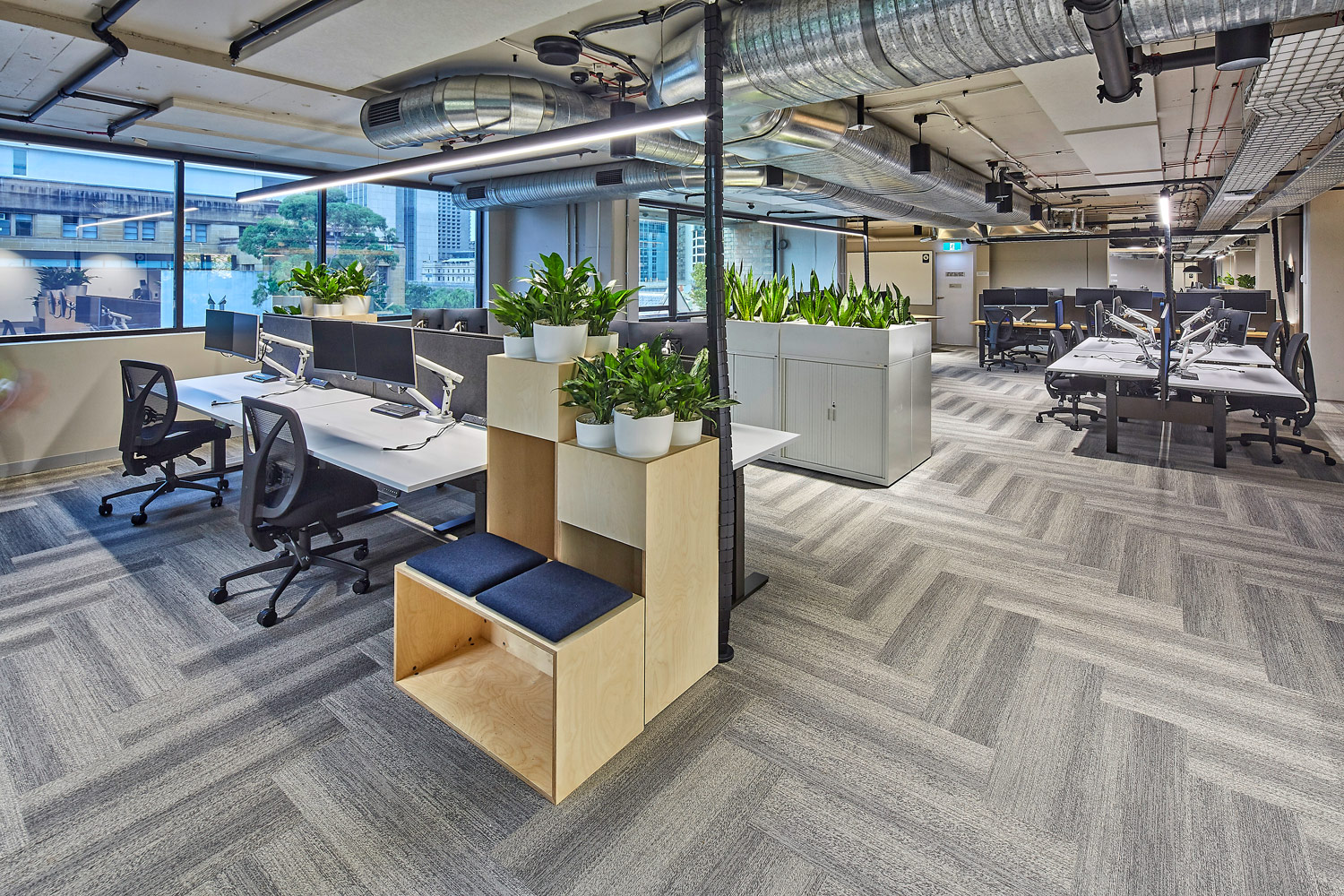
Regardless of which industry you operate in, a quality office desk or workstation can be the difference between a workday filled with productivity and one that is sluggish and grueling.
If you’re familiar with the ins-and-outs of office furniture, you should know by now that every piece you decorate your office with can have a profound impact on employee wellbeing, efficiency, output, and more. Whether they’re typing up press releases or filing copies, the surface they work on needs to be conducive to their every task.
In other words, you’ll need to do your fair share of research before pressing “order.”
There’s good news: By keeping a few key considerations in mind, you’ll be able to land on the best option for your workspace, saving time and money in the long run. So, let’s get started.
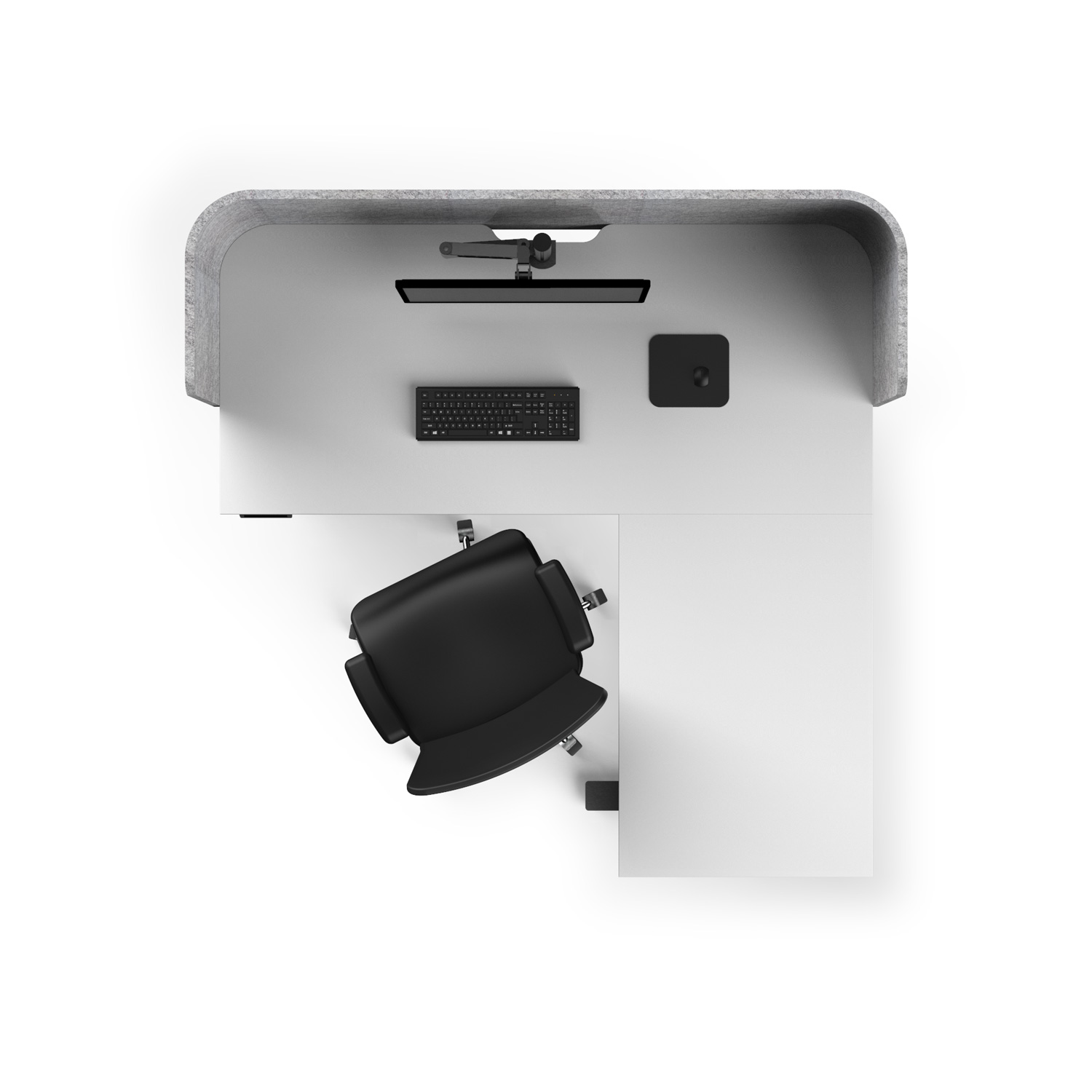
Is your workspace a sprawling, spacious open office that can fit multiple office workstations? Or is it a smaller area that requires compact office chairs and minimal furniture to keep employees from bumping into one another? Identifying these restrictions is the easiest place to start, as most office desk options can be filtered down by size and space efficiency.
Don’t just stop short at physical area, however. If you do need pieces that are more compact, consider how practical your current storage setup is. For instance, if you’re running low on places to put your office supplies, consider searching for smaller desks that still contain enough drawers to keep your items from overflowing.
As a final tip, don’t simply buy massive workstations because you have enough space to install them. Unless you’re positive that your employees will make full use of the extra surface, purchasing large office desks can be wasteful if the area could’ve been filled by something more useful.
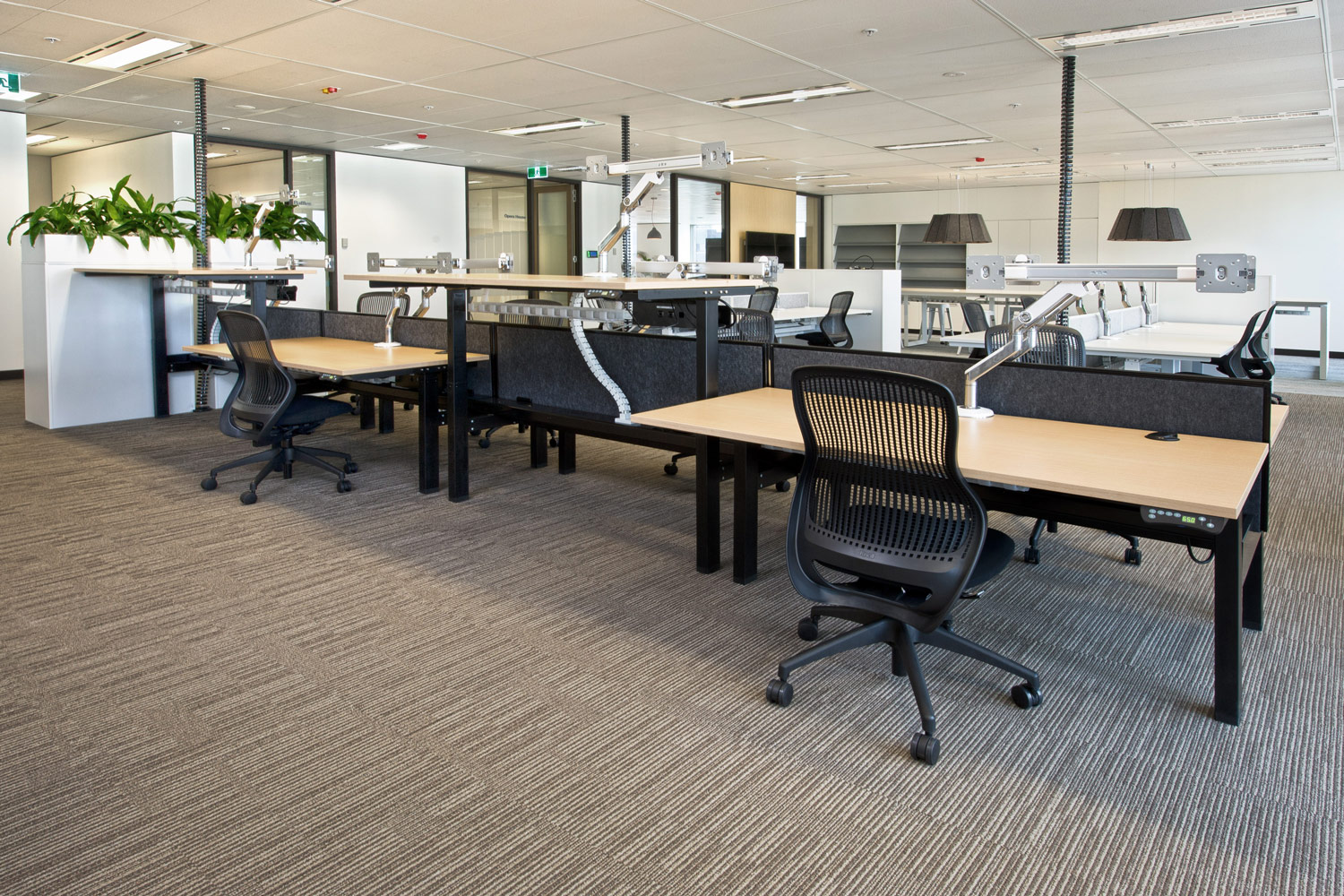
Are you a tech company that uses computers all day long? A publishing firm that requires ample surface space to place papers?
Understanding your workforce’s operational needs is the next most important step to consider, as an office desk that doesn’t enable them to complete their tasks is ultimately a useless one.
Looking through an office workstation’s features is a quick way to determine whether it’ll be a good fit. Some examples include:
Think carefully about these inclusions before making a purchase; your employees will depend on them!
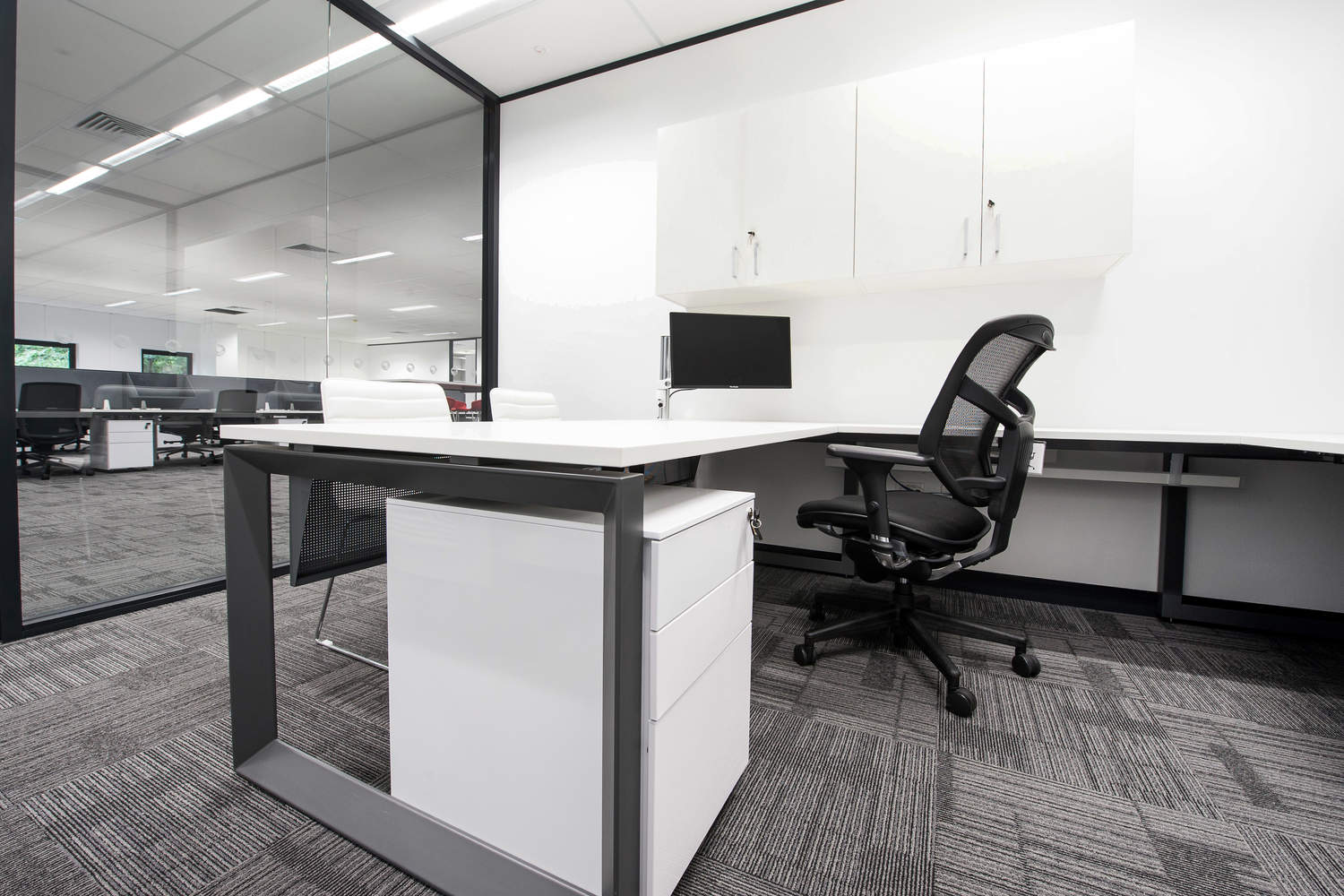
Next, you’ll need to ensure the points listed above are satisfied in a practical sense. From office chairs to meeting tables, virtually everything in your office should be designed to enhance productivity.
Fortunately, most modern office desks provide everything your employees need to get their work done without restriction, but it’s still worth double-checking for features like adjustability. You can even find some that are capable of transforming into standing desks!
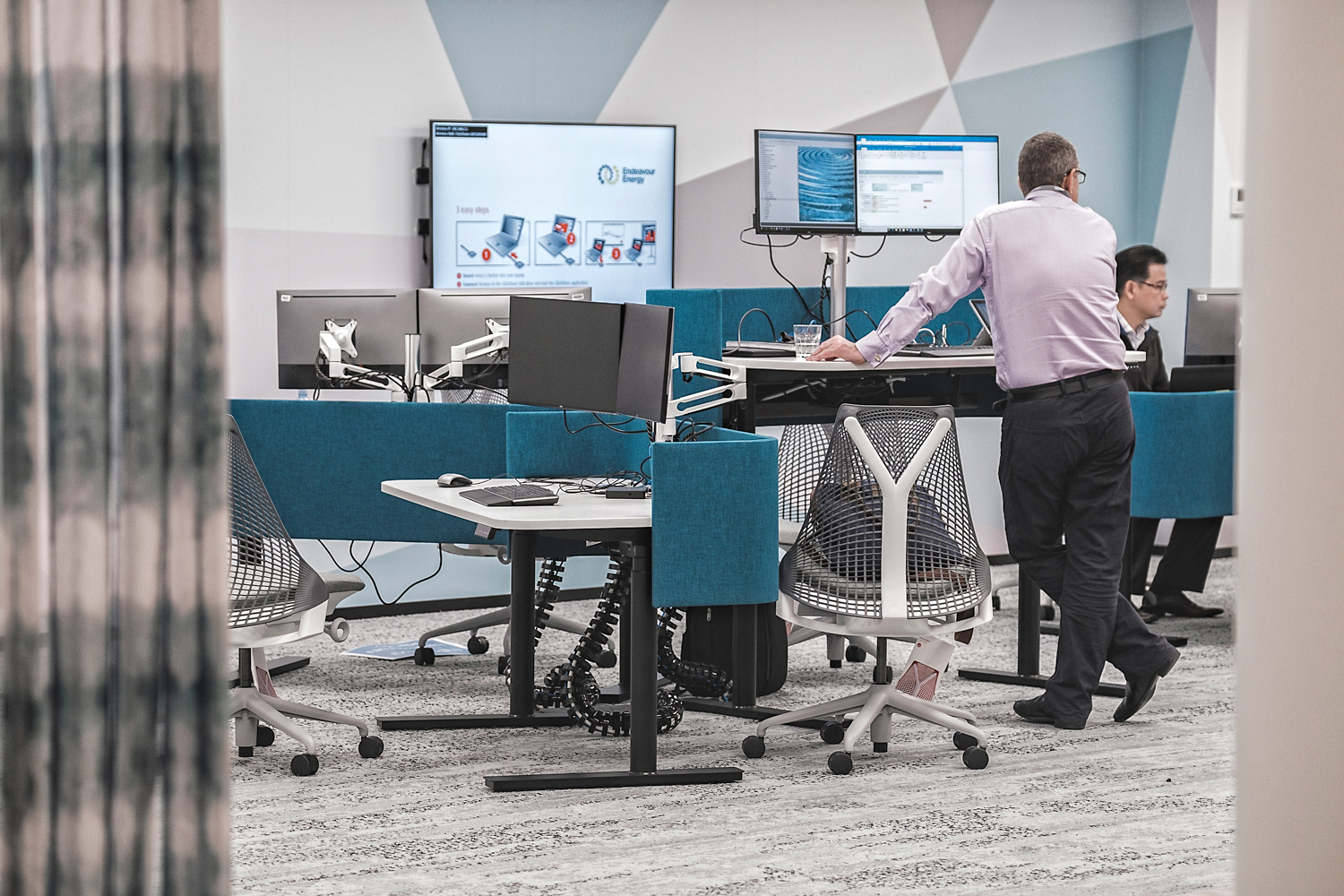
This step may seem obvious, yet it’s easier than ever for companies to fall for the deceptively low prices presented by providers of “fast furniture.” Cheaply and quickly made, these low-quality options can end up being more of a headache than a bargain.
Ultimately, the option you land on shouldn’t break your budget completely — but be wary of discounts that seem too good to be true. Look for those made of high-quality materials like hardwood, as these will last a long while and keep you from regularly buying replacements.
Don’t worry; these materials aren’t solely reserved for high-end models. Thanks to the wide range of styles on the market, you should be able to find an exceptional office desk that hits everything on your wish-list at a reasonable price.
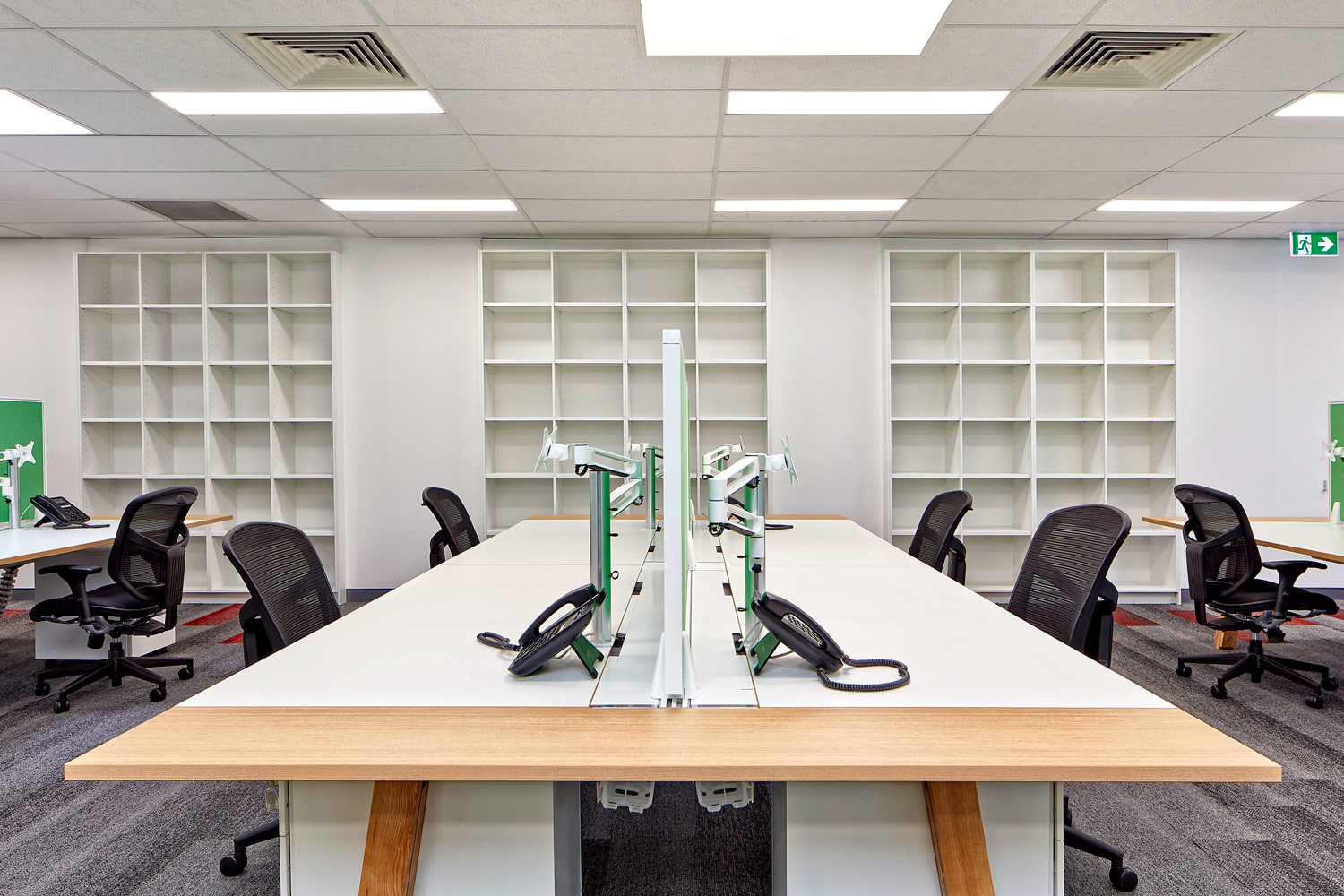
While this is an important consideration for any furniture purchase, we thought it was important to mention that you should look for a supplier that minimises its carbon footprint. A sustainable supplier does this through thoughtful product design, material selection, manufacturing, assembly and installation, office practices, and by accepting responsibility for the life cycle of its products. When your workstations reach the end of their lives, will the supplier take the products back for reuse, refurbishment and recycling? Or, where appropriate, will the supplier assist in disposing of the products responsibly? If you’re unsure whether a supplier is sustainable or not, ask to see their environmental and product stewardship policies.
With the sheer number of choices available, finding the perfect office workstation for your workspace might look like an impossible feat. However, by keeping these considerations at the forefront of your search, you can discover the perfect option for you and your employees.
If you’d like some help choosing the perfect desk or workstation for you or your business, contact RJ Office and our team of office furniture experts will be happy to assist.
Sign up with your email address to receive news and updates.